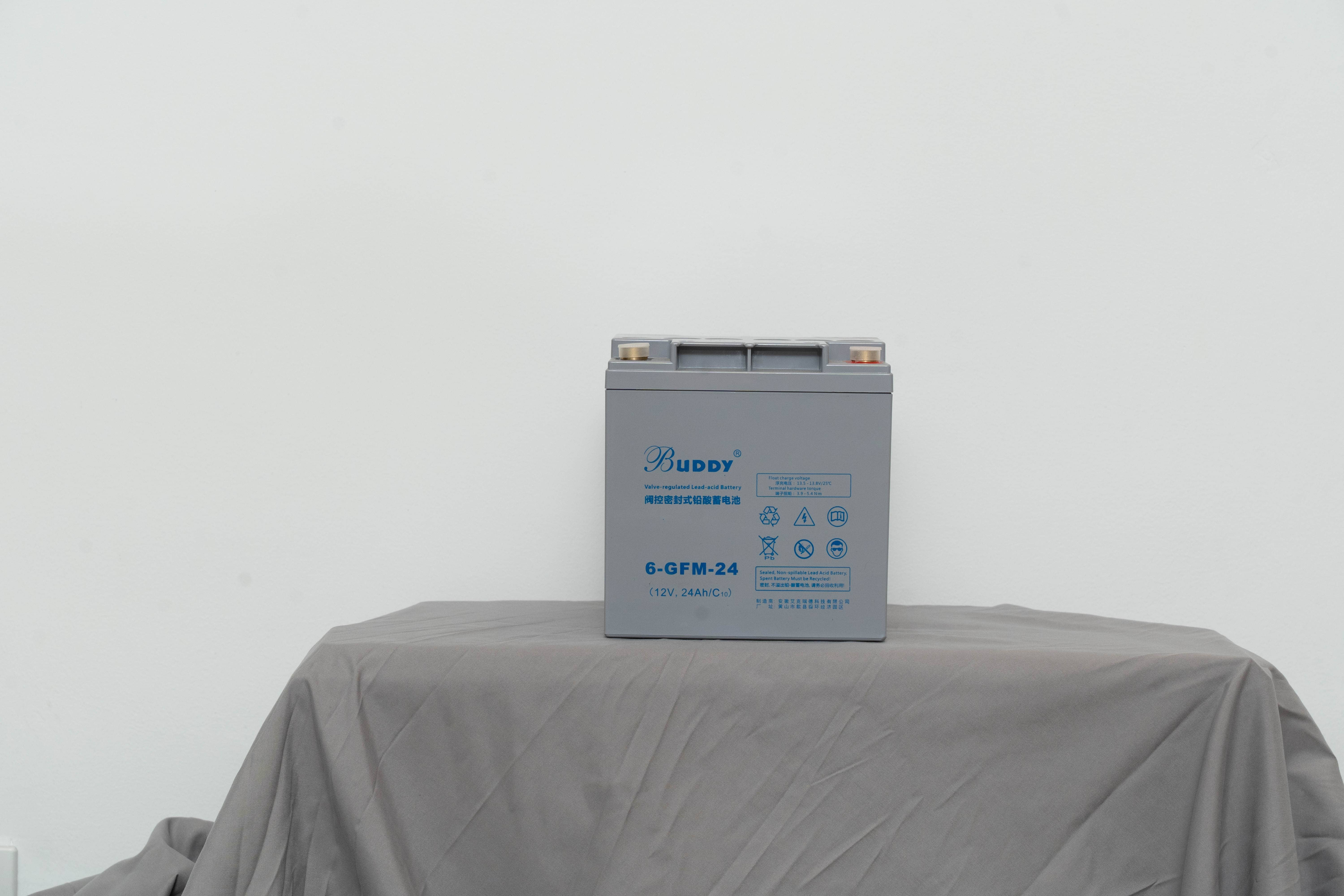In today's rapidly changing technology, batteries, as devices for storing and providing electrical energy, have penetrated into every corner of our lives. Among the many types of batteries, lead-acid batteries are widely used in many fields such as automobiles, power storage, and UPS systems due to their unique advantages. In this paper, the structure, principle, characteristics and application of lead-acid batteries will be discussed in detail.

I. Structure and principle of lead-acid battery
The lead-acid battery is mainly composed of positive plates, negative plates, electrolyte, partitions, and battery tanks. The positive plate is made of lead dioxide (PbO₂), and the negative plate is made of spongy pure lead (Pb), both of which are immersed in dilute sulfuric acid (H₂SO₄) of about 1.28. Through a chemical reaction, lead-acid batteries are capable of storing and releasing electrical energy.
During the charging process, lead sulfate (PbSO₄) on the positive plate is oxidized to lead dioxide (PbO₂), and lead sulfate on the negative plate is reduced to spongy pure lead. At the same time, hydrogen ions (H⁺) and sulfate ions (SO₄²-) in the sulfuric acid solution are reduced and oxidized to produce water and sulfuric acid, respectively. This process realizes the conversion of electrical energy to chemical energy.
During the discharge process, the above process is reversed, with the lead dioxide on the positive plate being reduced to lead sulfate and the pure lead on the negative plate being oxidized to lead sulfate. At the same time, water and sulfuric acid react to produce hydrogen ions and sulfate ions, releasing electrical energy.
II. Characteristics of lead-acid batteries
Cost-effective: Compared with other types of batteries, lead-acid batteries are relatively inexpensive to manufacture, and therefore their prices are more affordable. This makes lead-acid batteries widely used in the market.
Mature technology: lead-acid battery technology has been quite mature after a long period of development and improvement. Its high reliability and easy maintenance make it popular among users.
Recyclable and reusable: Lead and sulfuric acid in lead-acid batteries can be recycled and reused, which helps to reduce environmental pollution and realize the recycling of resources.
However, there are some disadvantages of lead-acid batteries, such as low energy density, high self-discharge rate, and relatively short life. These problems limit the application of lead-acid batteries in some fields to some extent.
Third, the application of lead-acid batteries
Automotive starting batteries: lead-acid batteries are the key components of the automotive starting system to provide the engine with starting current. Its stable and reliable performance ensures the normal starting and running of the car.
Electric power storage system: In the electric power system, lead-acid batteries are often used as a backup power source to ensure that the critical equipment can operate normally in the event of power failure or blackout.
UPS system: Lead-acid batteries in the uninterruptible power supply (UPS) system can provide short-term power support for the equipment when the main power supply is interrupted, to ensure the integrity of the data and the normal operation of the equipment.
In addition, lead-acid batteries are also widely used in communications, railroads, ships and other fields to provide power for the normal operation of various equipment.
Four, Conclusion
Lead-acid batteries, as a type of battery with a long history and wide application, play an indispensable role in modern society. With the progress of science and technology and the improvement of environmental awareness, lead-acid batteries are also constantly undergoing technological innovation and environmental optimization to meet the market demand for high-performance, long-life, low-pollution batteries. It is believed that in the near future, lead-acid batteries will show their unique value and charm in more fields.